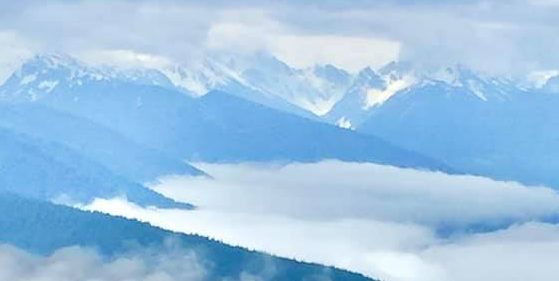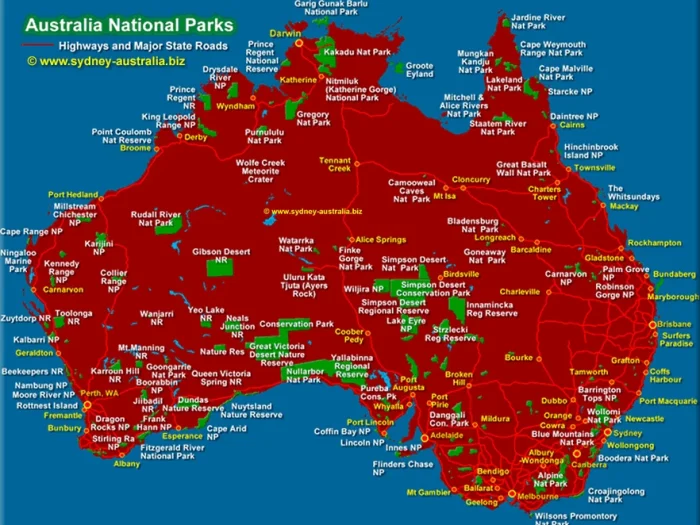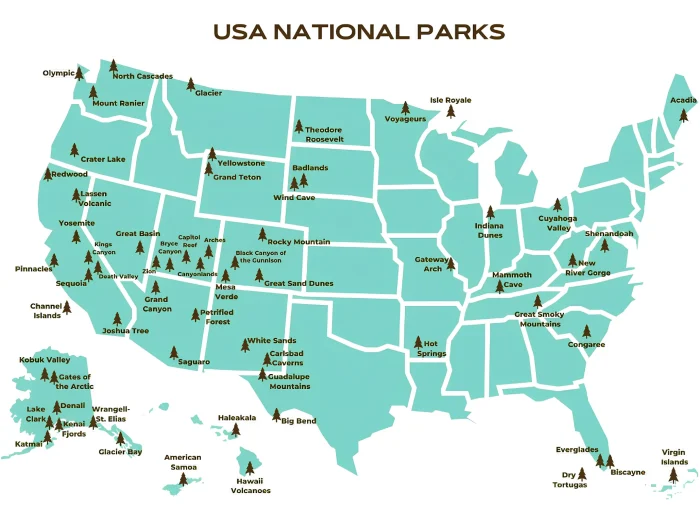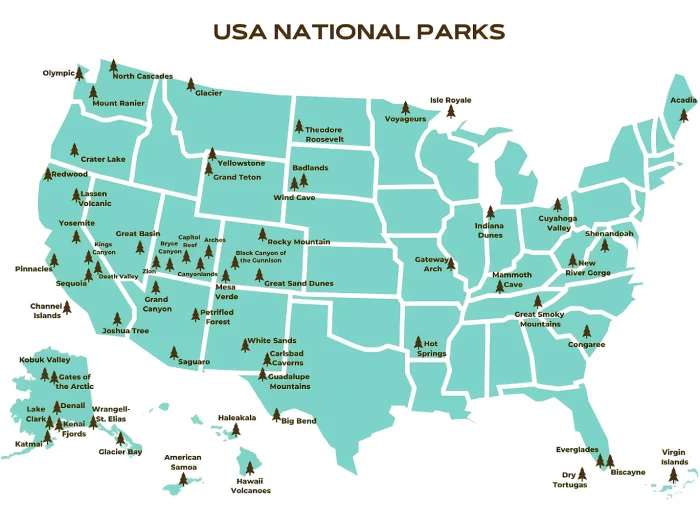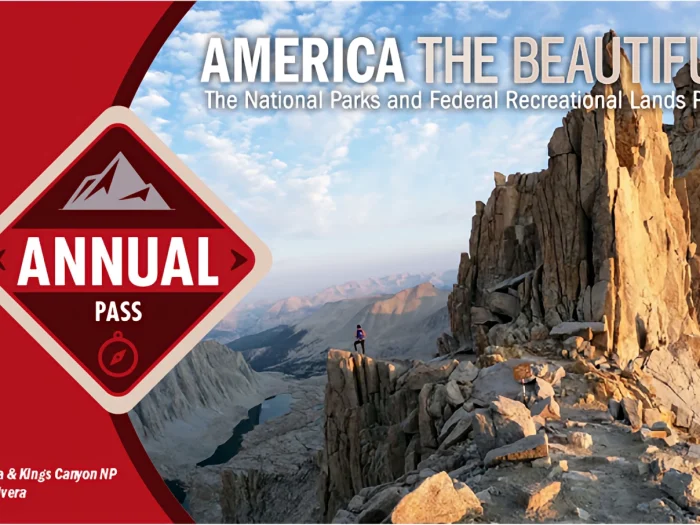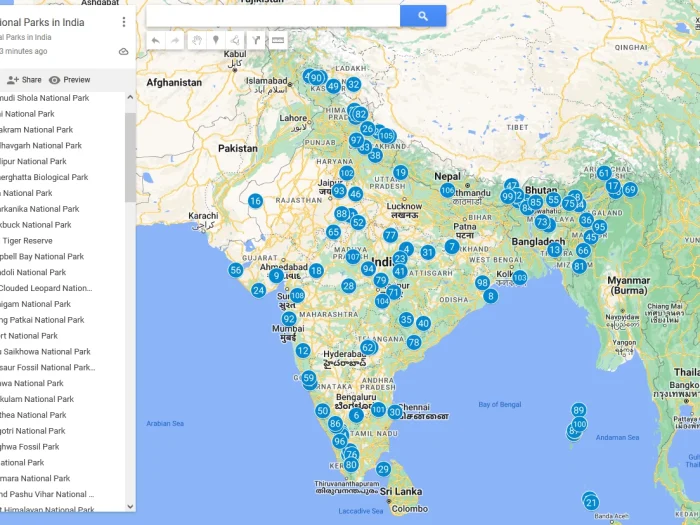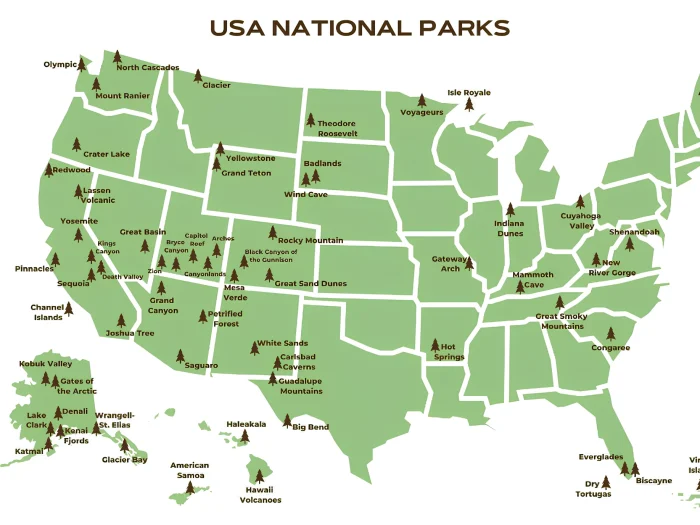Welcome to Saguaro National Park
Welcome to the Saguaro National Park Information Page
Here you will find all you need to know about the natural history of the park.
Learn about the geology, trees, mammals, birds, or other plants and wildlife of the area.
Saguaro National Park is located in southeast Arizona, on the east and west sides of Tucson, Arizona
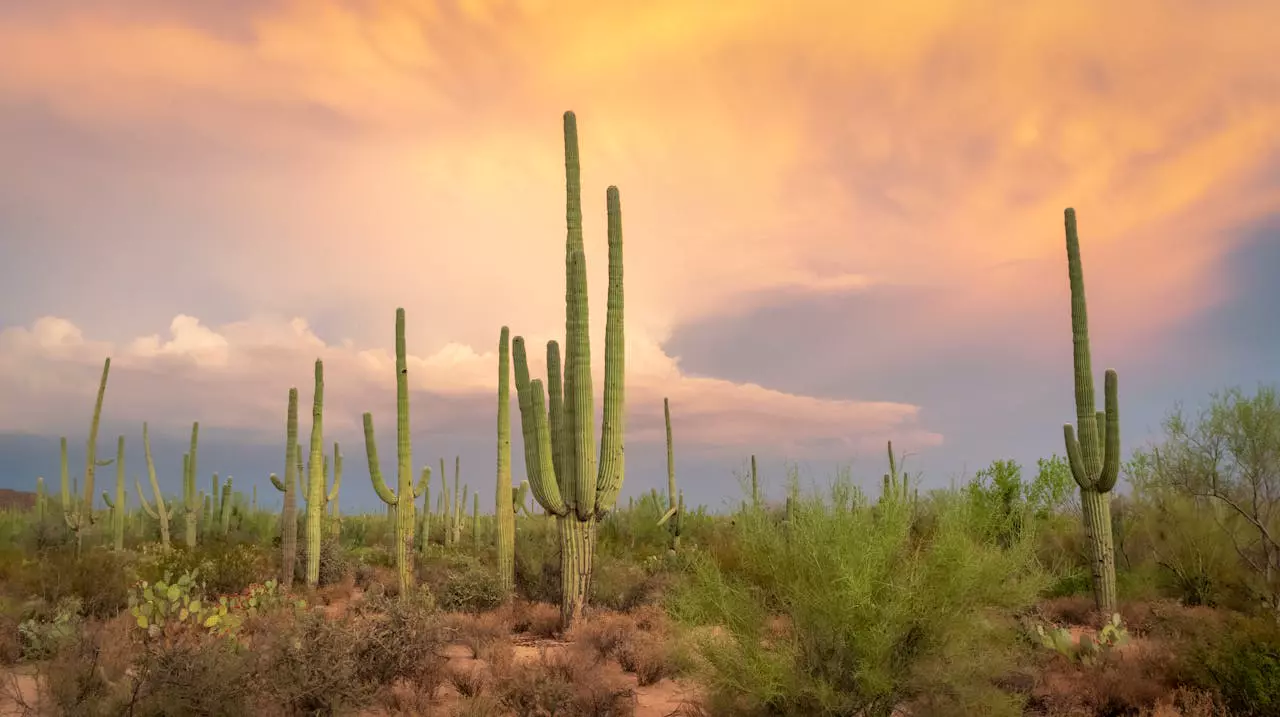
How to get to Saguaro National Park
Getting to Saguaro National Park by Air
The nearest airport to Saguaro National Park is Tucson International Airport (TUS), located roughly:
- 20 miles (30 minutes) from Saguaro East
- 25 miles (40 minutes) from Saguaro West
Directions from Tucson International Airport:
- To Saguaro East: Take Valencia Road east, then north on Houghton Road to reach the park entrance.
- To Saguaro West: Take Valencia Road west, then north on Sandario Road to reach the visitor center.
If you’re flying from outside Arizona, Phoenix Sky Harbor International Airport (PHX) is another good option — about 2 hours’ drive (120 miles) north of Tucson.
Getting There by Car
Driving is the most convenient way to explore both districts, especially since there’s no direct public transit to the park.
From Tucson (Downtown):
- To Saguaro East: Take Broadway Boulevard east, turn right on Freeman Road, and follow signs to the park entrance. (Approx. 17 miles, 30 minutes)
- To Saguaro West: Take Speedway Boulevard west through Gates Pass Road, then follow Kinney Road to the visitor center. (Approx. 15 miles, 35 minutes)
From Phoenix:
- Drive south on I-10 East toward Tucson.
- Exit at Exit 240 (Avra Valley Road) for Saguaro West, or Exit 275 (Houghton Road) for Saguaro East.
- Total drive time: around 2 hours.
Transportation
Bus lines and major airlines serve Tucson which is a short drive from the park. Both districts of the park feature scenic loop drives.
Establishment
The Saguaro National Park was made a national monument in 1933. In Nov of 1961, President Kennedy signed a bill expanding the monument to include Tucson Mountain Park. Then on 14 Oct 1994, Saguaro National Park was established.
Size and Visitation of Welcome to Saguaro National Park
Gross Area Acres – 91,446
Total Recreation Visits in 2000 – 757,417
Saguaro National Park is open year round, daily from sunrise to sunset, with peak visitation in March.
General Information
The saguaro has been described as the monarch of the Sonoran Desert, as a prickly horror, as the supreme symbol of the American Southwest, and as a plant with personality. It is renowned for the variety of odd, all too human shapes it assumes, shapes that inspire wild and fanciful imaginings. Giant saguaro cacti, unique to the Sonoran Desert, sometimes reach a height of 50 feet in this cactus forest, which covers the valley floor, rising into the Rincon and West Tucson mountains.
Since 1933 this extraordinary giant cactus has been protected within Saguaro National Park. Preserved along with it are many other members of the Sonoran Desert community, other cacti, desert trees and shrubs, and animals. In lushness and variety of life the Sonoran Desert far surpasses all other North American deserts and yet paradoxically, it is one of the hottest and driest regions on the continent. Summer midday temperatures commonly climb above 100 degrees F. Less than 12 inches of rain fall in a typical year. Between summer and winter rainy seasons, it is not unusual for months to pass without a drop of rain. The plants and animals able to survive this environment, with adaptations specially designed for desert survival, make up one of the most interesting and unusual collections of life in the United States.
History of Welcome to Saguaro National Park
The desert is immense and infinitely variable, yet delicate and fragile. It is a land shaped by sudden torrents of rain and climatic extremes. Rainfall is sparse and unpredictable. Streambeds are usually dry and water holes are few. This land may appear lifeless, but within its parched environment are intricate living systems, each fragment performing a slightly different function and each fragment depending upon the whole system for survival.
Accessibility
Visitor centers, restrooms, picnic areas, and some trails and programs are fully accessible.
Basic Recommendations
I recommend that you plan your trip and the areas you would like to see and then go and relax and make a day of it. Go and see all that is in the area and enjoy it. You spend more quality time and learn and see more than you could ever imagine.
Saguaro East encompasses an aging saguaro forest at the foot of the majestic Rincon Mountains, as well as an exceptional variety of other desert communities. Saguaro West embraces a variety of Sonora Desert life against the backdrop of the rugged Tucson Mountains.
Camping
There are no car camping options available within Saguaro National Park itself. However, if you’re up for an adventure, you can try backcountry camping. Here’s what you need to know:
- Backcountry Camping: There are six designated backcountry campgrounds, all located in the Rincon Mountain District (Saguaro East). These campsites are primitive and require a permit, which can be obtained online at Recreation.gov. Backcountry camping offers a unique opportunity to experience the park’s scenery and wildlife in a secluded setting. Be aware that these sites are not accessible by car and require hiking in with all your gear.
Here are some of the things to consider when planning your backcountry camping trip to Saguaro National Park:
- Distance: The backcountry campsites are located at least 4.4 miles from the nearest trailhead.
- Permits: Backcountry camping permits are required and can be obtained online up to six months in advance of your trip.
- Water: There is no reliable source of water in the backcountry, so you must pack in all the water you will need for your trip.
- Time of year: The Sonoran Desert can be very hot, especially during the summer months. The best time to go backcountry camping in Saguaro National Park is in the spring or fall.
- Leave No Trace: Be sure to follow Leave No Trace principles to minimize your impact on the park’s environment.
If you’re not up for the challenges of backcountry camping, there are several campgrounds located near Saguaro National Park that you can consider. Here are a few options:
- Rincon Vista Campground:This Pima County campground is located just outside the park’s east boundary and offers stunning views of the Rincon Mountains. Sites can be reserved online.
- Tucson Mountain Park campgrounds:Pima County operates several campgrounds in Tucson Mountain Park, which is located adjacent to the park’s west boundary. These campgrounds offer a variety of amenities, including RV hookups, showers, and laundry facilities. Sites can be reserved online.
- Colossal Cave Mountain Park:This park offers camping in a scenic setting with views of both the Rincon and Santa Rita Mountains. There are both primitive and RV campsites available. Sites can be reserved online.
- Private campgrounds: There are also several private campgrounds located near Saguaro National Park. These campgrounds typically offer a wider range of amenities than public campgrounds, but they may also be more expensive.
Birds of Saguaro
The saguaro is like a multi-storied complex; many animals live in close quarters and the occupants change constantly. Two common residents are the Gila woodpecker and glided flicker. These birds dwell in nest holes they make in the trunk and larger branches of saguaros. The birds excavate new holes each spring and reject several cavities in one nesting season before settling in one and raising a family. Their industriousness leaves many holes for other animals, who rapidly move in. The birds who compete for the homes include:
- American kestrel
- Cactus wrens
- Lucy’s warblers
- Phainopeplas elf owls
- Purple martins
- Screech owls
- Western kingbirds
Biking
A popular way to view native plants and animals while surrounded by the spectacular scenery of the Sonora Desert is to take a bike ride around the Cactus Forest Loop Drive. Cactus Forest Loop Drive
8.0 miles
Paved, and open to motor vehicles and joggers as well as bikes. The drive is narrow with tight turns and steep hills. Always ride single file and alert other users when passing by saying, “passing on your left.” Cactus Forest Trail
2.5 miles
Located inside the loop drive, open to equestrian and foot traffic as well. Bicyclists are required to yield to all other trail users. When encountering riders or hikers, stop your bike and move off to the side of the trail while they pass.
This is especially important when encountering horses. Restrooms are available at the visitor center during daylight hours, pit toilets are available in both picnic areas. A shade ramada with benches, water fountain and bicycle rack are adjacent to the visitor center. Bicycles are not permitted in the cactus garden or on the patio in front of the visitor center.
Carry and drink plenty of water, especially in the summer. There is no water available on the loop drive. Carry personal identification while biking, including the name, address and phone number of an emergency contact. Bicycle helmets are required for all riders 14 years and younger. Helmets and other safety gear are strongly recommended for all riders.
Bicycle riding after dark requires a headlight and rear reflectors. Bicycle access to the park from Tucson is available along the Old Spanish Trail bike path. If you see an accident or are in one, report it to the park ranger as soon as possible. If the visitor center is closed, call 911.
Entrance fees and ticket
- Private Non-commercial Vehicle $ 25.00 (Seven Day Pass)
- Motocycle $ 20.00
- Individual Entry (Bike, Foot, Motocycle & Moped) $ 15.00 (Seven Day Pass)
- Annual Pass (good 1 year from date of purchase) $ 45.00
- National Park Pass (good 1 year from date of purchase) $ 80.00 (Valid in all Natl Parks)
The west district has no entrance fee.
To update Saguaro National Park fee and ticket you visit here: https://www.nps.gov/sagu/planyourvisit/fees.htm
Food and Supplies
Food and supplies are available in Tucson.
Hiking
A hike in Saguaro National Park can be a stroll on a day trail or a long wilderness trek. Within a mile of the visitor center in Saguaro West, there are two nature trails, the Cactus Garden Trail and the Desert Discovery Nature Trail. There are approximately 128 miles of trails that wind through the desert and mountain country of Saguaro East.
Safety Tips
- Hiking and other strenuous activities in extreme heat can be hazardous. Pace yourself and rest often.
- There is no water available at the picnic areas or along most trails.
- Drinking water is essential. Each person should carry at least one gallon of water per day.
- Persons planning to hike or ride a horse on the longer park trails should carry a topographic map.
- Beware of painful encounters with cacti and other prickly plants.
Horseback Riding
Horses are prohibited from traveling off trail throughout the park.
Horseback riders must access the Douglas Spring Trail via the Wildhorse Trailhead. It is located on Speedway Boulevard, .12 mile west of Douglas Spring Trailhead.
Horseback riding is permitted on all trails except the Tanque Verde Ridge Trail, Miller Creek Trail, and Rincon Peak Trail.
Lodging
There is no lodging in the park.
Permits
Permits are needed for backcountry camping.
Pet Information
Pets are allowed on paved roads only and must be leashed.
Picnic Areas
There are seven picnic areas in the east and west Saguaro National Park.
Visitor Center
There are two visitor centers.
- Rincon Mountain Visitor Center (East)
- Red Hills Visitor Center (West)
Open time: 9:00 AM–5:00 PM (Monday => Saturday)
Weather of Welcome to Saguaro National Park
Winters are delightful with mild warm days 60 F to 70 F, and cool nights 40 F. Summers can be extremely hot with daytime temperatures of 100 F to 115 F in the shade, and evening lows in the 80’s. Long hikes are not recommended in the summer. Even short hikes require lots of water, a hat and sun screen lotion.
Frequently Asked Questions About Saguaro National Park
40 Frequently Asked Questions About Saguaro National Park
🗺️ General & Travel Information
1. Where is Saguaro National Park located?
Saguaro National Park is in southern Arizona, surrounding the city of Tucson. It consists of two districts — Saguaro East (Rincon Mountain District) and Saguaro West (Tucson Mountain District).
2. How far is Saguaro National Park from Tucson?
Saguaro East is about 17 miles (30 minutes) from downtown Tucson, and Saguaro West is around 15 miles (35 minutes) away.
3. How big is Saguaro National Park?
The park covers roughly 91,000 acres (37,000 hectares) of protected Sonoran Desert and mountain landscape.
4. What airport is closest to Saguaro National Park?
The closest airport is Tucson International Airport (TUS), about 30–40 minutes from either park district.
5. How do I get to Saguaro National Park from Phoenix?
Drive south on I-10 East toward Tucson for about 2 hours (120 miles). Exit at Houghton Road for Saguaro East or Avra Valley Road for Saguaro West.
6. Do I need a car to visit Saguaro National Park?
Yes. There’s no public transportation directly into the park. A car or rental is the easiest way to explore both districts.
7. Is Saguaro National Park open year-round?
Yes, the park is open 365 days a year, though visitor center hours and certain facilities may vary by season.
8. What are the park’s hours?
Both districts are open to vehicles from sunrise to sunset. The visitor centers are typically open from 9 AM to 5 PM.
9. How much does it cost to visit Saguaro National Park?
The entrance fee is $25 per vehicle for a 7-day pass. Pedestrians and cyclists pay $15. The America the Beautiful Pass is accepted.
10. Do I need reservations to enter Saguaro National Park?
No reservations are required for day visits. However, backcountry camping in Saguaro East does require a permit.
🌸 Nature & Environment
11. What is Saguaro National Park known for?
The park is world-famous for its giant saguaro cacti, found only in the Sonoran Desert. These iconic plants can grow up to 60 feet tall.
12. What type of desert is Saguaro National Park in?
It lies within the Sonoran Desert, one of the most biodiverse deserts in North America.
13. How tall can saguaro cacti grow?
Saguaros can reach 40–60 feet (12–18 meters) tall and live for over 150 years.
14. When do saguaro cacti bloom?
They bloom from late April through early June, producing large white flowers — Arizona’s state flower.
15. How old are the oldest saguaros in the park?
Some saguaros in the park are estimated to be over 200 years old.
16. What animals live in Saguaro National Park?
Wildlife includes coyotes, roadrunners, desert tortoises, javelinas, rattlesnakes, Gila monsters, and various hawks and owls.
17. Can I see wildflowers in Saguaro National Park?
Yes. The best time for wildflower viewing is March through April, especially after rainy winters.
18. What is the elevation of Saguaro National Park?
Saguaro West ranges from 2,000–4,500 feet, while Saguaro East reaches up to 8,666 feet in the Rincon Mountains.
19. Does it snow in Saguaro National Park?
Yes, snow occasionally falls at the higher elevations in the Rincon Mountains (East district).
20. What makes the East and West districts different?
Saguaro East has higher elevations, lush vegetation, and mountain hikes, while Saguaro West has denser cactus forests and sweeping desert views.
🚶 Activities & Things to Do
21. Can I hike in Saguaro National Park?
Yes! There are over 165 miles of hiking trails, from easy loops to strenuous mountain climbs.
22. What are the best hikes in Saguaro National Park?
Popular hikes include Valley View Overlook Trail (West), Cactus Forest Trail (East), and Douglas Spring Trail (East).
23. Are there scenic drives in the park?
Yes! The Cactus Forest Drive (East) and Bajada Loop Drive (West) offer stunning desert landscapes and photo stops.
24. Can I bike in Saguaro National Park?
Bicycles are allowed on paved roads and some dirt routes, including the Cactus Forest Loop Drive.
25. Are there picnic areas in the park?
Yes, both districts feature designated picnic areas with tables and shaded ramadas.
26. Can I camp in Saguaro National Park?
Backcountry camping is available in Saguaro East with a permit. There are no developed campgrounds within the park.
27. Are there ranger-led programs?
Yes, the park offers guided hikes, evening programs, and educational talks, especially in cooler months.
28. Are there any lodging options inside the park?
No. There are no hotels or lodges inside the park, but Tucson has many nearby accommodation options.
29. Can I ride horses in Saguaro National Park?
Yes, horseback riding is allowed on certain trails, primarily in the Rincon Mountain District (East).
30. Can I visit both districts in one day?
Yes, it’s possible. They are about 30 miles apart (roughly one hour’s drive). Plan an early start to see highlights of both sides.
🦉 Wildlife & Safety
31. Are there dangerous animals in the park?
While encounters are rare, rattlesnakes, scorpions, and Gila monsters do live in the park. Stay alert and keep your distance.
32. Are pets allowed in Saguaro National Park?
Pets are allowed only on paved roads, picnic areas, and designated paths, but not on trails. Leashes are required.
33. What should I do if I see a rattlesnake?
Stay calm, back away slowly, and give the snake space. Never try to move or provoke it.
34. Is it safe to visit in summer?
Yes, but be prepared for extreme heat. Temperatures can exceed 105°F (40°C). Always carry water and avoid hiking midday.
35. How much water should I bring?
Bring at least 1 gallon (4 liters) of water per person per day when hiking or exploring.
36. Is the park wheelchair accessible?
Yes. Both visitor centers and several paved trails, like the Desert Ecology Trail, are accessible.
37. Are drones allowed in Saguaro National Park?
No. Drones are prohibited to protect wildlife and ensure visitor safety.
📸 Photography & Visitor Experience
38. Where is the best place to see the sunset?
Top spots include Gates Pass (near Saguaro West) and Javelina Rocks Overlook (Saguaro East) — perfect for photography.
39. Can I take professional photos or film in the park?
Personal photography is fine. For commercial shoots or filming, you’ll need a permit from the National Park Service.
40. Is Saguaro National Park worth visiting?
Absolutely! It’s one of the best places to experience the Sonoran Desert, see the giant saguaro cactus, and enjoy incredible sunsets, hikes, and wildlife.
